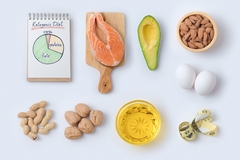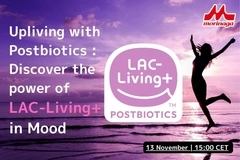Study suggests addition nondairy beverages to school lunch menu
Boosts the number of children who select a calcium-rich beverage in the lunch line and reduces the amount of saturated fat consumed from calcium-rich beverages.
10/04/06 Offering soymilk to elementary school students boosts the number of children who select a calcium-rich beverage in the lunch line and reduces the amount of saturated fat consumed from calcium-rich beverages, according to a study in April's Journal of the American Dietetic Association.
Almost a quarter of students were choosing soymilk over cow's milk by the end of the four-week study, which was conducted at three ethnically diverse elementary schools in Florida. Total calcium-rich beverage selection increased more than 4 percent, and calcium consumption per gram of saturated fat consumed from calcium-rich beverages rose from 194 milligrams to 237 milligrams. The findings suggest that schools across the country should add soymilk to the lunch menu.
The majority of African-Americans, Asian-Americans, and Hispanic-Americans are lactose intolerant. Enriched soymilk has no lactose and little or no saturated fat, but it has as much calcium, vitamin A, and vitamin D as dairy milk. Dairy milk is the single largest source of saturated fat in children's diets, according to a National Cancer Institute study. Studies have linked ovarian cancer and prostate cancer to the consumption of dairy products.
Most U.S. schools do not offer soymilk, in part because the National School Lunch Program doesn't offer a reimbursable alternative to dairy milk without a note from a doctor. Introducing children to soymilk may help them reduce their risk of cancer and heart disease.
The Cancer Project is a collaborative effort of physicians, researchers, and nutritionists who have joined together to educate the public about the benefits of a healthy diet for cancer prevention and survival. Based in Washington, D.C., The Cancer Project is an affiliate of the Physicians Committee for Responsible Medicine.
http://www.medicalnewstoday.com/medicalnews.php?newsid=40929

















